5 Fall Garden Tasks to Start in July
It’s currently 100 degrees outside. I’ve just had to pull three of my squash plants due to the squash vine borer and my to-do list from being gone on vacation is running off the page. I’m hot, I’m tired, and the last thing I want to think about is preparing for my fall garden.
Does this feel familiar? Are you in the thick of summer garden tasks to that point of feeling overwhelmed and run down? Did your garden deal you some disappointments? Or has it been amazing and you’re just wanting to relish in that before starting over with a new project?
If any of that resonates with you, first, know that it’s all normal. But I also want to encourage you to be thinking about your fall garden — especially if you’re feeling discouraged in your summer one.
The truth is, most fall gardens are begun too late. That’s why in this podcast episode, we talk about what you can be doing now to start planning your fall garden. You can listen to that here or keep reading.
List the crops you want to grow in the fall
Not all crops can grow in the fall, but so many of them can! Though this list isn’t exhaustive, these are the most common crops for a fall garden:
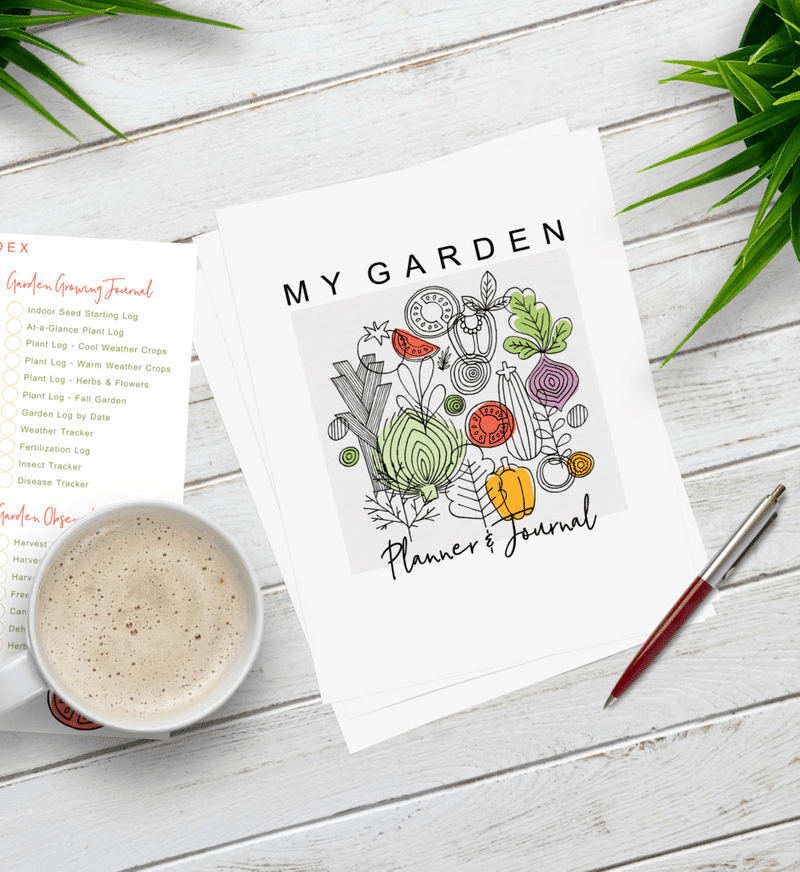
Leafy Crops
One of my favorite fall crops to grow is leafy greens like lettuce, spinach, celery, kale, arugula, mustard greens, and collard greens. I so enjoy getting to eat fresh salad in the fall and winter and these cool-season crops are perfect to grow in your fall garden.
Root Crops
Potatoes, carrots, and beets are great options to grow in the fall. Their tolerance to cold varies. Potatoes should be harvested sometime before your first hard freeze because the vines aren’t cold-hardy (but the potatoes underneath will be fine!). Carrots and beets overwinter in my 7b garden easily, but it’s best to get them to full maturity before the daylight hours decrease to under 10 hours (more on this below).
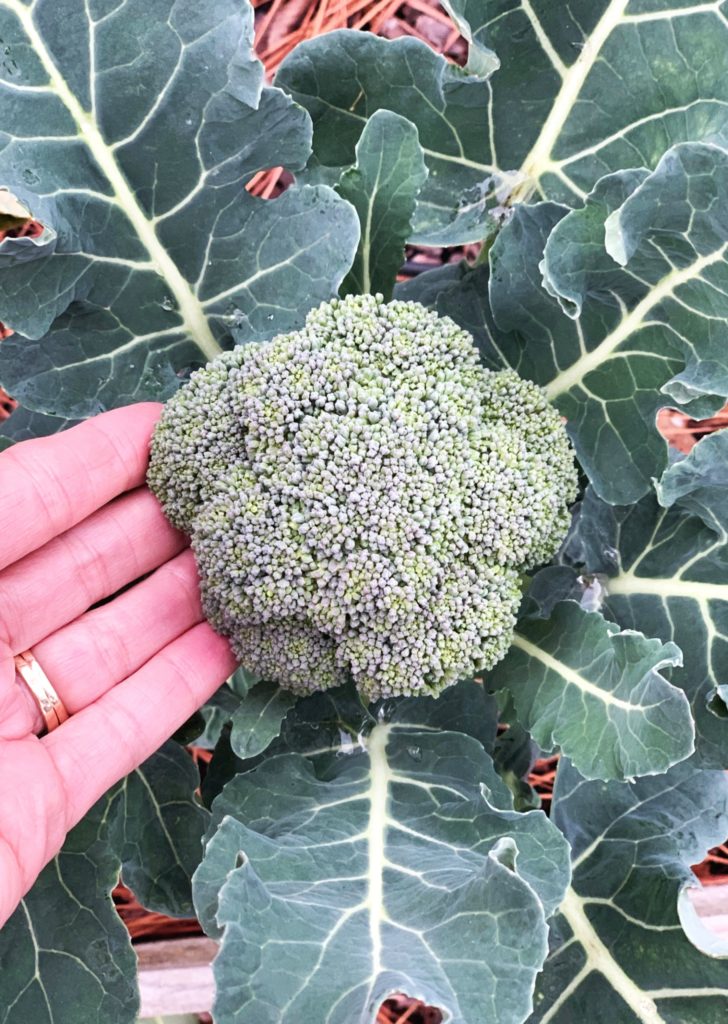
Brassicas
Broccoli, cabbage, and Brussels Sprouts are excellent fall crops. Cabbage and Brussels Sprouts are surprisingly cold-tolerant — lasting in my garden through temperatures in the low 20s. Broccoli isn’t as hardy, but if you can get them to a head before temperatures dip consistently into the mid-20s, you can get a great harvest.
Herbs
Cilantro and parsley are two great fall herbs to grow. Cilantro loves the cold and grows all winter for me. While my parsley doesn’t love temperatures below freezing for too long, you’d be surprised at how low it can go.

Plant a late summer crop
While most of the crops listed above are typical fall crops, consider if you have time to squeeze in another round of summer crops this fall!
Depending on when your first frost date is, now is the time to get a second summer planting of summer crops in. For me, these are quicker maturing crops like basil, bush beans, cucumbers, squash, and zucchini. They won’t survive a frost, but if you have 2-3 months before your frost, you could possibly get a decent harvest.
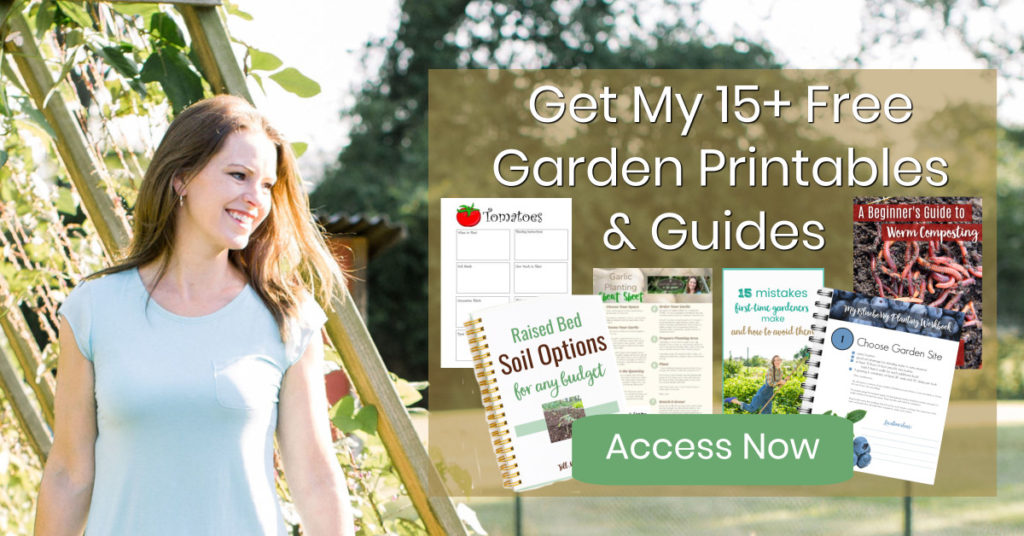
Determine how you’ll plant
After you determine what you want to plant, the next step is to decide if you’ll start seeds indoors, direct sow into your garden, or if you’ll purchase transplants for your garden.
What to start indoors
If you’re starting your seeds indoors, these need to become your first priority on the list, because you’ll sow those seeds first.
Broccoli, cabbage, and Brussels sprouts are three crops that I will never direct sow into the garden. Experience has taught me that they will not germinate in the heat of our Arkansas summers. I start these indoors as seeds. I also start celery indoors because it takes longer to germinate.
Lettuce is a crop that I can both direct sow (when the temps are lower in the early fall) and start seeds indoors (when the soil temperatures are too high in the garden in late summer). Usually, I’ll start my first sowing indoors and then plan a succession sowing directly in the garden.
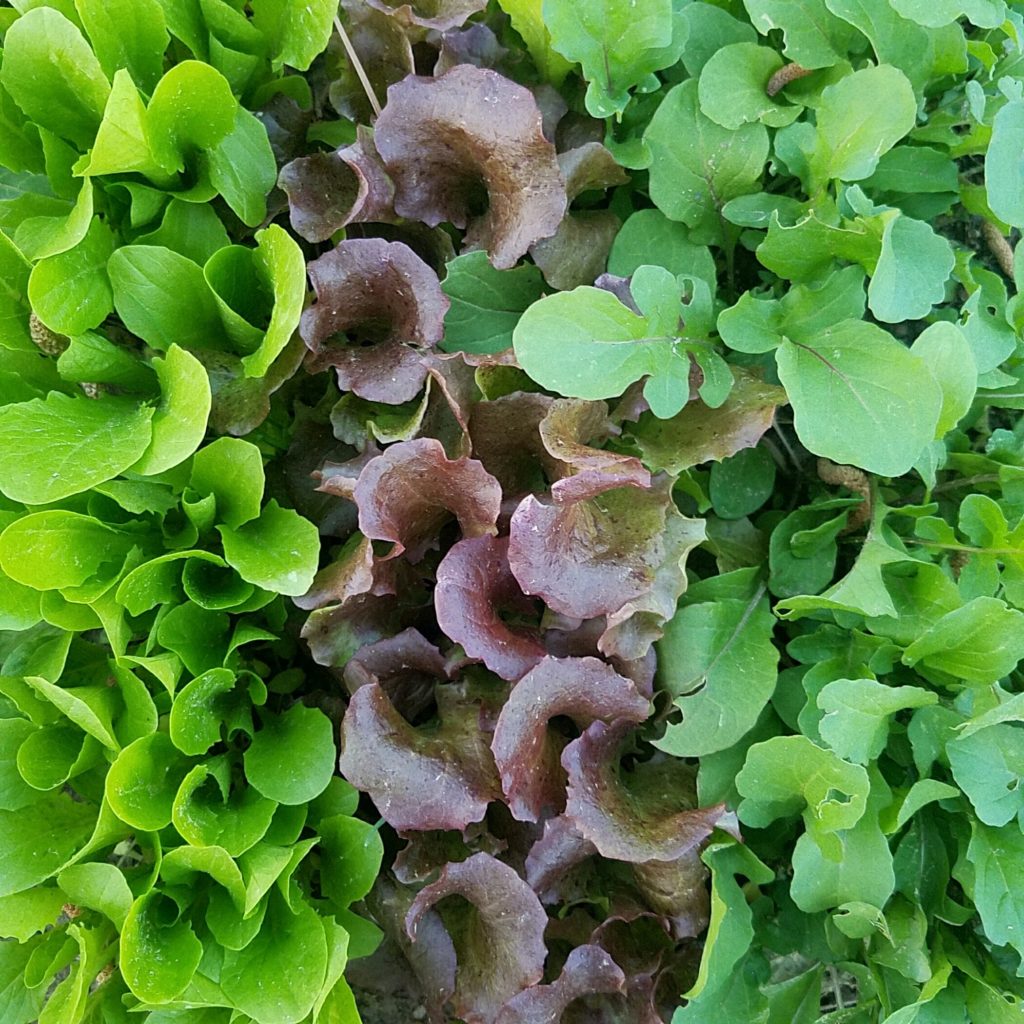
What do I direct sow?
Carrots, arugula, lettuce, spinach, squash and zucchini, beans, cucumbers, cilantro, and basil are easily directly planted from seed into the garden. Most of these crops will germinate just fine in the warmer soil. Your bigger challenge will be able to keep your soil well-watered while waiting for germination and until they get established. This is especially true for carrots.
What should I purchase as transplants?
Depending on where you live, your options to purchase fall transplants may be limited. I can typically find broccoli, cabbage, and collard greens. And a good rule of thumb is that any crop found in the “What to Start Indoors” section is fine to purchase as transplants when the temps are right.
I also like to purchase parsley as a transplant, not because I can’t grow it from seed, but because it takes so long to germinate.
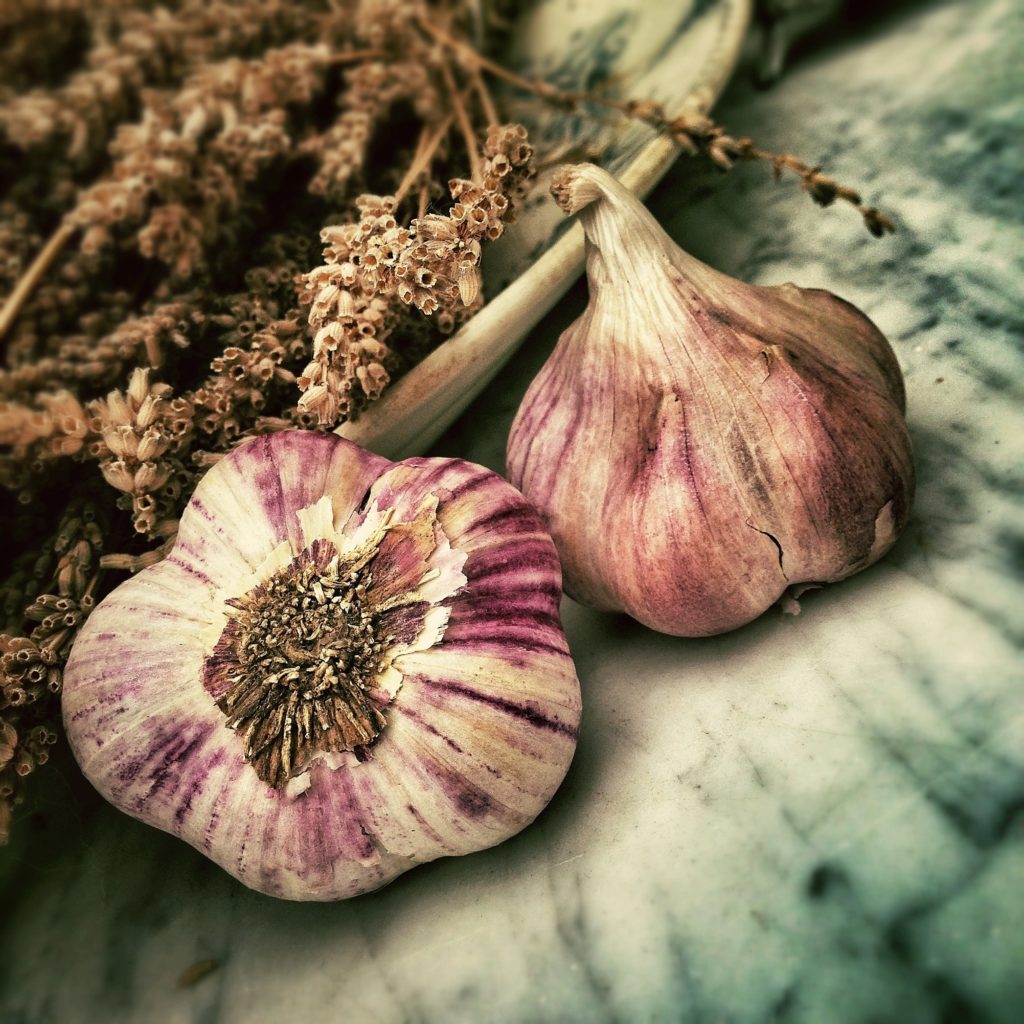
While this doesn’t quite fit in the transplants section, garlic is something you should be planting now for harvesting next spring or early summer. I recommend purchasing garlic cloves from a reputable seed store. While these aren’t cheap, once you start your own, you can save some of your harvested cloves for the next planting. Here’s more information about planting garlic in the fall.
Determine when to plant
This is our biggest question when it comes to the fall garden. When you plant what is determined by not only your average first frost date but also when your persephone period begins and what winter in your location looks like.
The persophone period is when the daylight for your latitude is less than 10 hours per day. As summer turns to fall, your plants are gradually getting less daylight, and therefore, they will start to slow down on their growth. Eventually, they hit a standstill when your daylight hours fall below ten per day.
This is important to know because, for most of your fall crops, you want them to be fully mature before that date. They may last longer in the ground (and you can overwinter many crops, or harvest as you need them), but they won’t grow with fewer than 10 hours of daylight.
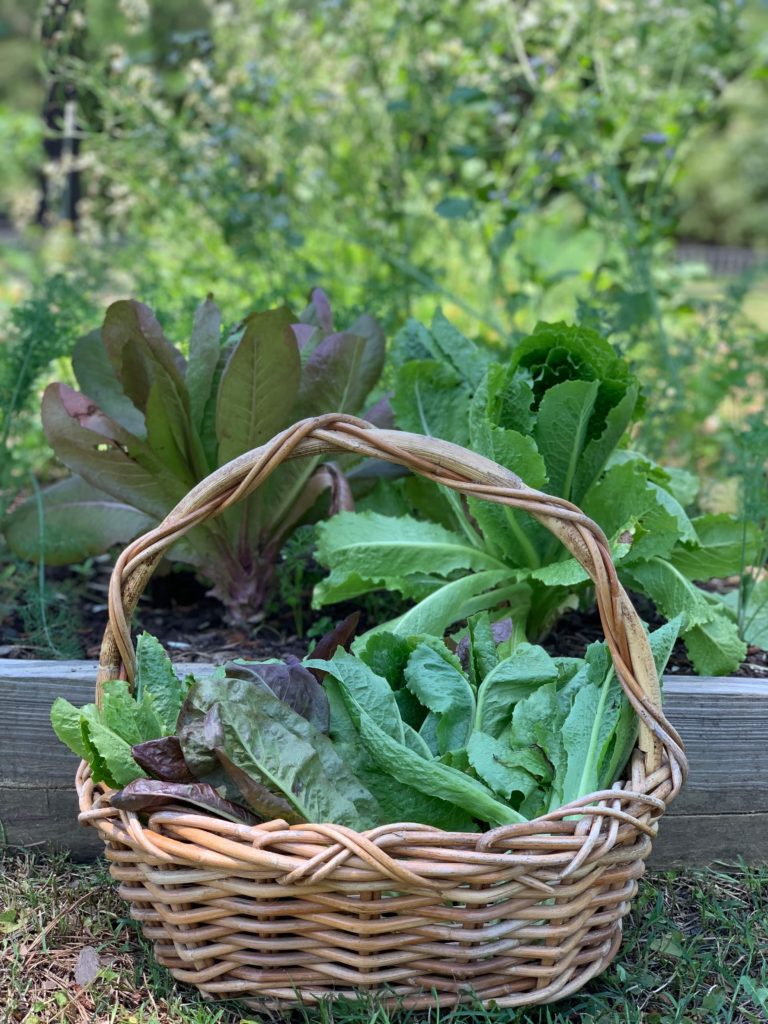
Once we know the persophone period, we can start calculating when to plant.
For example, your lettuce seed packet says 60 days to maturity. To determine when to plant, add 7 days to that to account for the time from sowing to germination. That bring us to 67 days. Then, add two weeks to make up for the lack of daylight. That brings us to 81 days. In my zone, my persophone period begins on November 29th. So, I would count backward 81 days and that would determine sowing date of early September.
For most fall crops, your average first frost date, while good to know, really doesn’t matter because they can survive a frost. The bigger issue is knowing when you start getting your first freezes. Some of these crops will not survive below 32, but most of them can make it down into the 20s. This is one area you’ll need to observe in your garden because it varies so widely from climate to climate and from crop to crop.
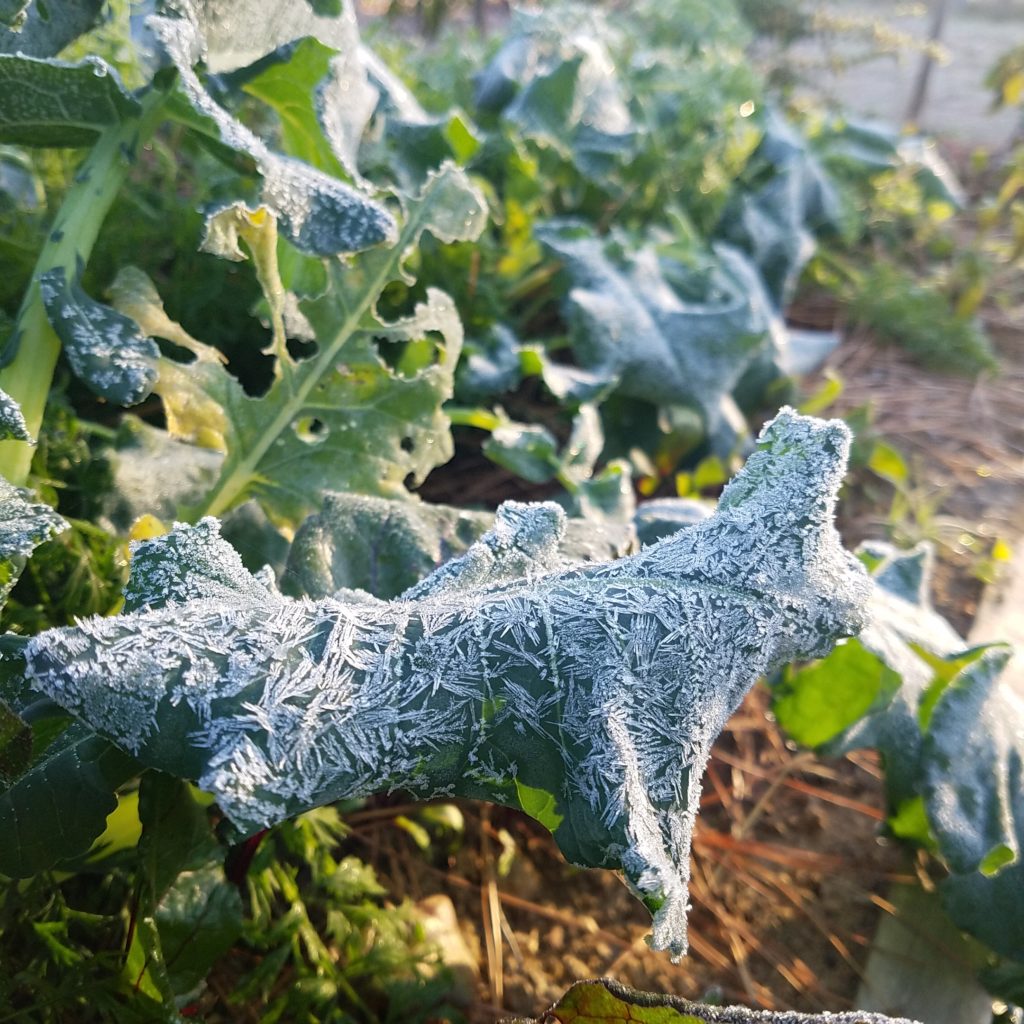
Identify how much you want to grow
The next step is to determine how much of each crop you want to grow. A good practice is to map out your fall garden just like you do for the spring. Determine where each crop will go and how much you’ll need to plant for that space.
Order seeds and purchase transplants
If you know you need more seeds, order them now. If you know you’re going to be purchasing transplants, make a note on your calendar of when you need those so you make sure and have them when you’re ready to plant.
I promise you that there is such joy in growing a fall garden. But the biggest struggle most people have is starting too late. So, take what you’ve learned and start preparing today for this year’s fall garden.
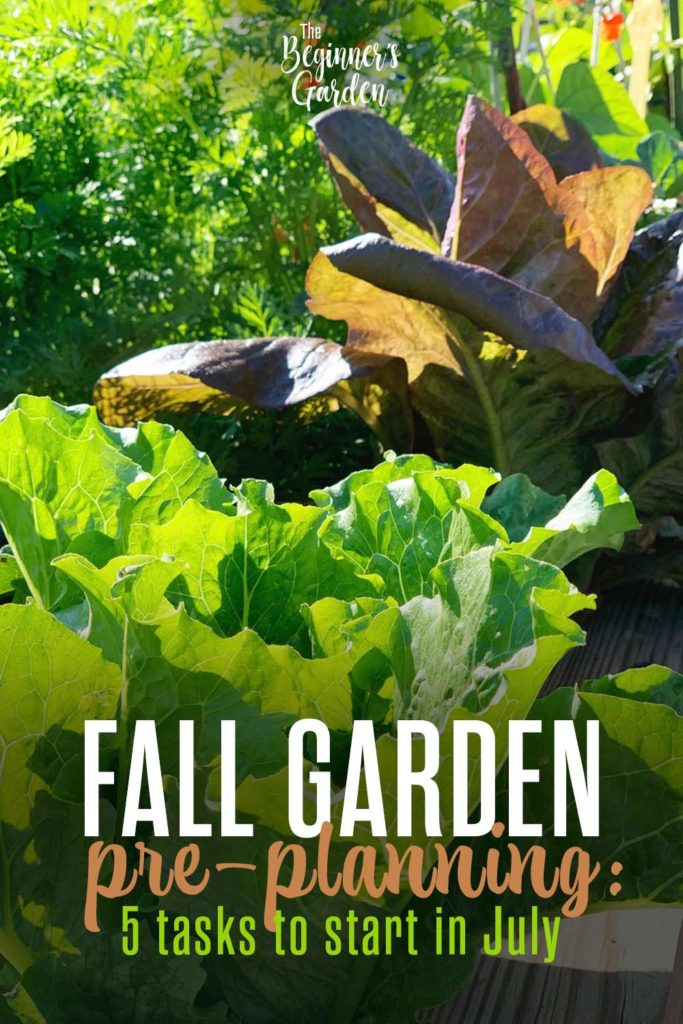
Do you get overwhelmed with garden planning?

Subscribe here for my best tips to plan your garden in just 7 days -- all for FREE.
Plus, I'll send you my "In the Garden E-mail" on Fridays, periodic updates on garden resources relevant to you, and you'll receive access to my entire bank of free garden downloads!
You are also agreeing to our privacy policy.

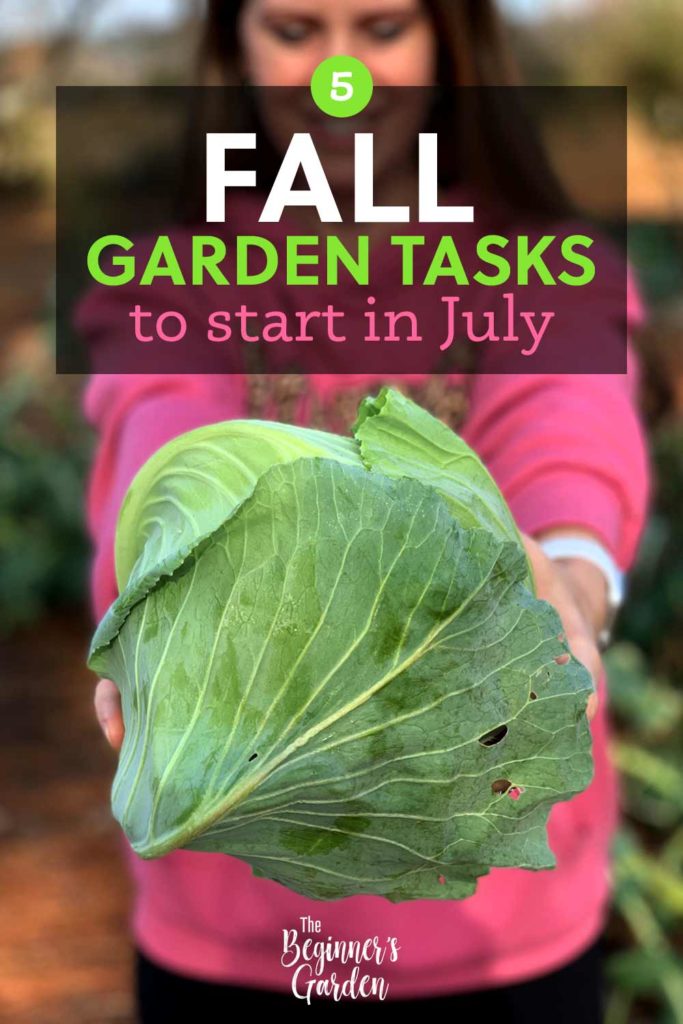
I sowed cabbage in my high tunnel a few years ago and got good germination, but i sowed them in late winter. I was thinking of sowing some this fall in the high tunnel, but will not after reading your post. Thanks Jill for the info !!!!
I really enjoyed this podcast but I don’t know how to get to the show notes for all the websites that you mentioned. Thank you for your help and all the information
The show notes can be found on the podcast app you use in the “details” section (sometimes it’s called something different depending on the app). Or for this particular episode, you can view the show notes here: https://journeywithjill.libsyn.com/195-fall-garden-tasks-to-start-right-now
I really like your blog and podcasts, they are relatable. I am a newer gardener and learning to garden in a new zone 5b. My summer garden is/was disappointing. I had many issues with mites and other pests. I was so discouraged until I found your blog. I am currently planning my fall garden and have germinated broccoli and cabbage seeds. Would you suggest adding compost to my summer garden bed to revive the soil and add nutrition prior to transplanting my seedlings? Also how do you suggest protecting young transplants from the summer pests to help them make it to fall?
Hi Emily, I know this time of year can be discouraging for many gardeners, so you’re not alone! But I applaud you starting a fall garden! Yes, you’re on the right track. Definitely add compost to the bed prior to or at planting. Broccoli and cabbage are heavy feeders so they can use all the nutrition they can get. Compost has always helped mine. For pests, it depends on which ones you’re dealing with but my biggest ones are the cabbage worms (or armyworms). The best thing to do for that is to use floating row covers. I recommend tulle or something that doesn’t trap heat because planting in the late summer is hard enough on them with the heat; you don’t want to add more. Shade cloth can also be helpful if it’s hot in your area to get them through until the weather cools down.